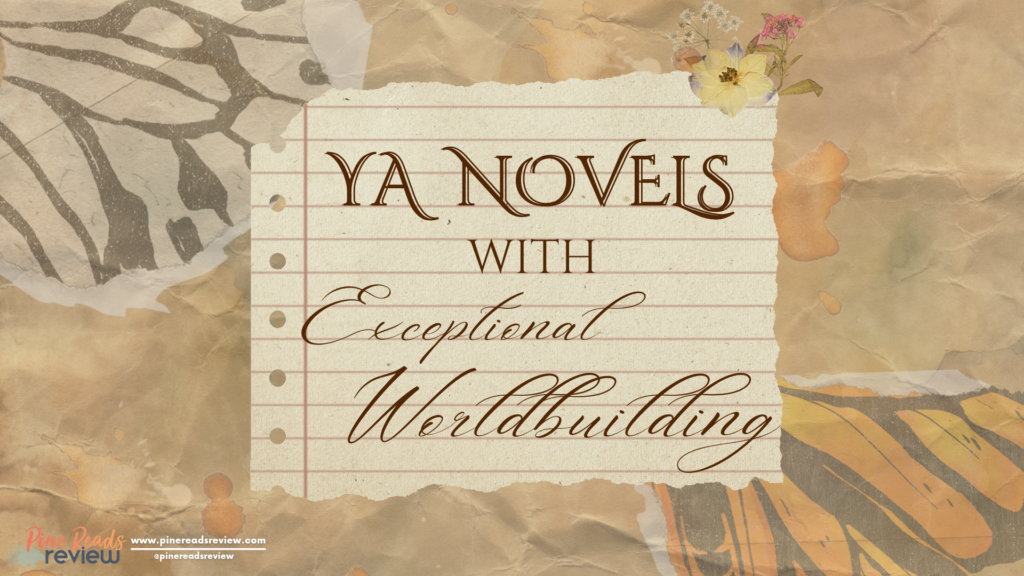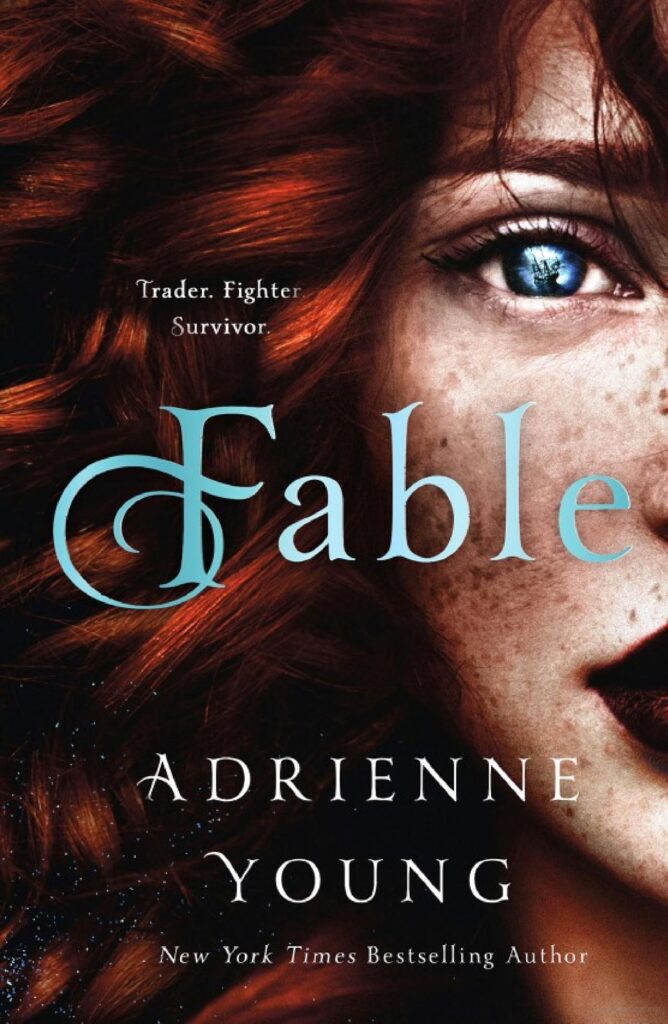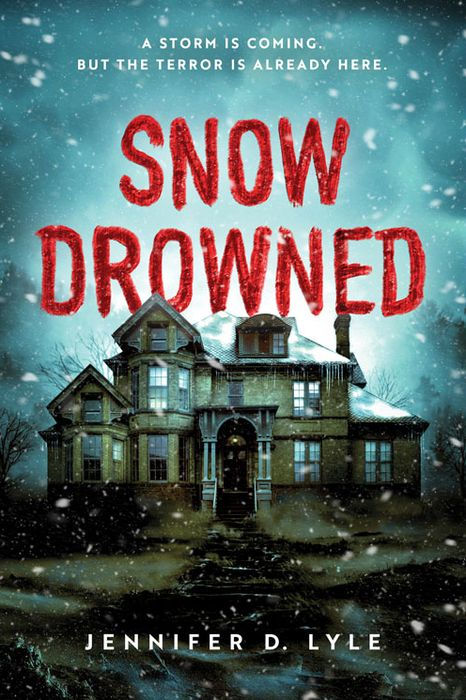
When you begin the first chapter of a book, although you may not initially notice, a fictional world is slowly being built around you. The first couple of chapters are most important for worldbuilding because they set the stage for the rest of the story and ground the reader as they take in new information. But what is worldbuilding, and what makes it impactful?
In a fictional novel, worldbuilding is what makes the setting unique. Details such as where and when, world history, and whether magic is present are all elements that can create a fantastical world when seamlessly combined and planted throughout the story. Worldbuilding can be the main event in the story or just a simple background, but either way, it is extremely important that the author gets it right. To be classified as “successful” worldbuilding, an author must integrate these elements into the story without alarming the reader. Slowing down chapters, especially at the beginning of the book, is very helpful, and I find it to be a great way to inform the reader without overwhelming them. When done correctly, the reader should feel themselves getting lost in the story. It sounds simple, but it’s a lot of work!
With that in mind, if you’re looking to read more YA novels with exceptional worldbuilding, here are a few that I would highly recommend!
A classic YA novel, but worth all the attention it gets. I grew up with the movies, as most of us did, but I didn’t pick up The Hunger Games until my sophomore year of college. I was expecting not to like the books as much as the movies, but I was absolutely blown away by the amount of care that Collins put into building the plot. Since the story takes place in a dystopian version of what was once the United States, it can be difficult to grasp what the settings and overall economies are like for each district. This is especially true for The Capitol, which has very unique architecture and fashion. Despite this, Collins takes her time with descriptions and is able to paint a clear picture for the reader. The contrast between District 12 and The Capitol is something that personally stood out to me! When you pick this up for the first time, you will struggle to pull yourself out of the fictional world that is even more vivid than the images on your screen.

If pirates are more your thing, Fable by Adrienne Young would be my top choice. The setting here is tropical and exciting, with danger and a bit of romance sprinkled throughout the pages. When I think of this book, all I can picture is clear skies, bright blue waters, and sailing the seas. The pirate hierarchy in this book, as well as the relationship between the heroine and her father, is carefully thought out and organized, and it is a great choice for readers looking for their pirate fix.
If you’re interested in more of a straightforward fantasy novel, Once Upon a Broken Heart is the first in a series with wonderful worldbuilding elements. Garber utilizes folkloric elements and curses to shape the world within the book, and the result is a whimsical land filled with color and magic. This novel also features the popular enemies-to-lovers trope, so if that’s your thing, this book is for you.

This novel leans more towards science and historical fiction, but the worldbuilding throughout is top-tier. The history surrounding the setting and plot is intricate and well-researched, and one could almost mistake the history within Snow Drowned for actual early US history. The author mixes themes of colonialism with cult-ish activity, which makes for an odd combination but works surprisingly well. This is a story that surprised me in the best way possible and is an excellent choice for fans of chilling storylines.
For fans of The Walking Dead, this YA novel by Carrie Ryan takes place in what is essentially a cult in the woods. What I love about the worldbuilding in The Forest of Hands and Teeth is the amount of mystery surrounding what lies beyond the village fence. For a good amount of time, the reader has no idea where the village is located or how it came to be, but the author lets it be known that the system is not what it seems. I appreciated the amount of time spent within the village limits, as it allowed Mary’s character plenty of room for growth as she uncovered the secrets of the woods. I read this several years ago, but I will never forget the way the setting and plot made me feel. That is how you can tell worldbuilding is good—when it gets stuck in your mind for years to come.
Callie Andrews, Pine Reads Review Writer, Social Media, & Web